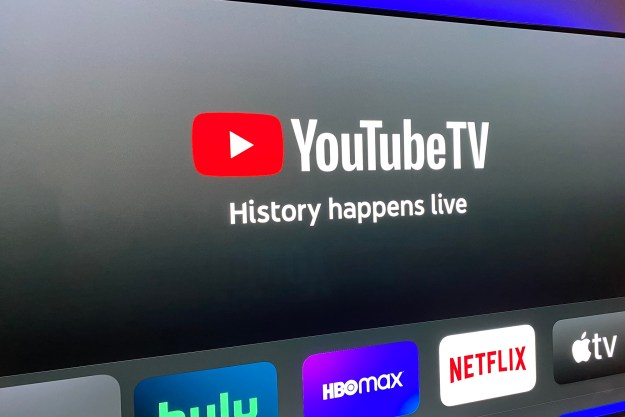The number of households in the U.S. that have a traditional, paid television subscription is plummeting, but TV providers don’t seem to mind — in fact, a recent report suggests that they’re partly to blame.
According to market research firm eMarketer, more than 25% of U.S. households will be cord cutters by 2023, with the number of traditional, bundled TV plans declining 4.2% this year and continuing at a steady, negative rate of growth going forward. At that rate, the number of households with traditional pay-TV plans will rapidly approach the number of households that either never had a bundled TV subscription or cancel theirs in the years to come.
This aggressive decline in bundled TV subscribers is reportedly a self-inflicted wound, though, with many cable and satellite providers opting to prioritize per-customer profit over a wider revenue stream.
With the costs of maintaining and licensing large bundles of programming on the rise, TV providers are increasing prices for bundled TV plans to the point of pushing away subscribers — only to have those subscribers pivot to the company’s similarly expensive, but significantly more profitable broadband internet service.

This shift has developed in concert with the rapid rise of various direct-to-consumer video services such as Netflix, CBS All Access, and the upcoming Disney+ platform, which allow content creators to reach — and continue to earn revenue from — former bundled-TV subscribers.
As the media landscape grows increasingly more consolidated, however, this has also allowed some media companies that encompass both the creation of content and its distribution channels — such as broadband internet providers — to double-dip into their audiences’ wallets. The greater profit margin from this type of arrangement makes it easy to understand why TV providers are more than happy to see subscribers cut the cord on their cable TV plans in favor of a more expensive internet-only package.
Whether such a strategy is sustainable, though, remains to be seen.
At the current rate, the number of U.S. households subscribing to traditional, bundled programming plans from cable or satellite TV companies will drop below 80 million by 2021. The cost of internet plans and existing streaming video services continues to rise, though, along with the number of new direct-to-consumer video services expected to launch between now and then.
The trends suggest that the streaming wars might not be limited to competing services like Netflix and Disney+, but will also pit audiences against the massive media companies that create and deliver their favorite shows.
Editors' Recommendations
- 5 years ago, Game of Thrones aired its last great episode. Here’s why it still holds up
- What we want to see from the next Apple TV 4K
- Let’s discuss an Apple TV 4K with a camera
- Sling TV adds arcade games on Fire TV and Android TV
- This long-awaited YouTube TV feature is a channel-flipper’s dream




